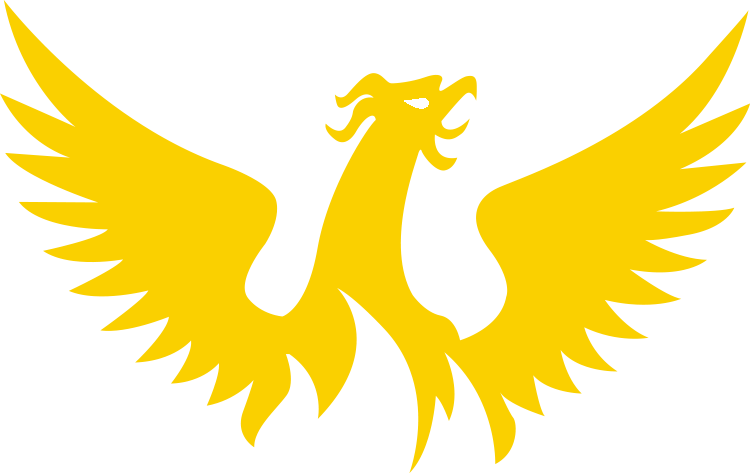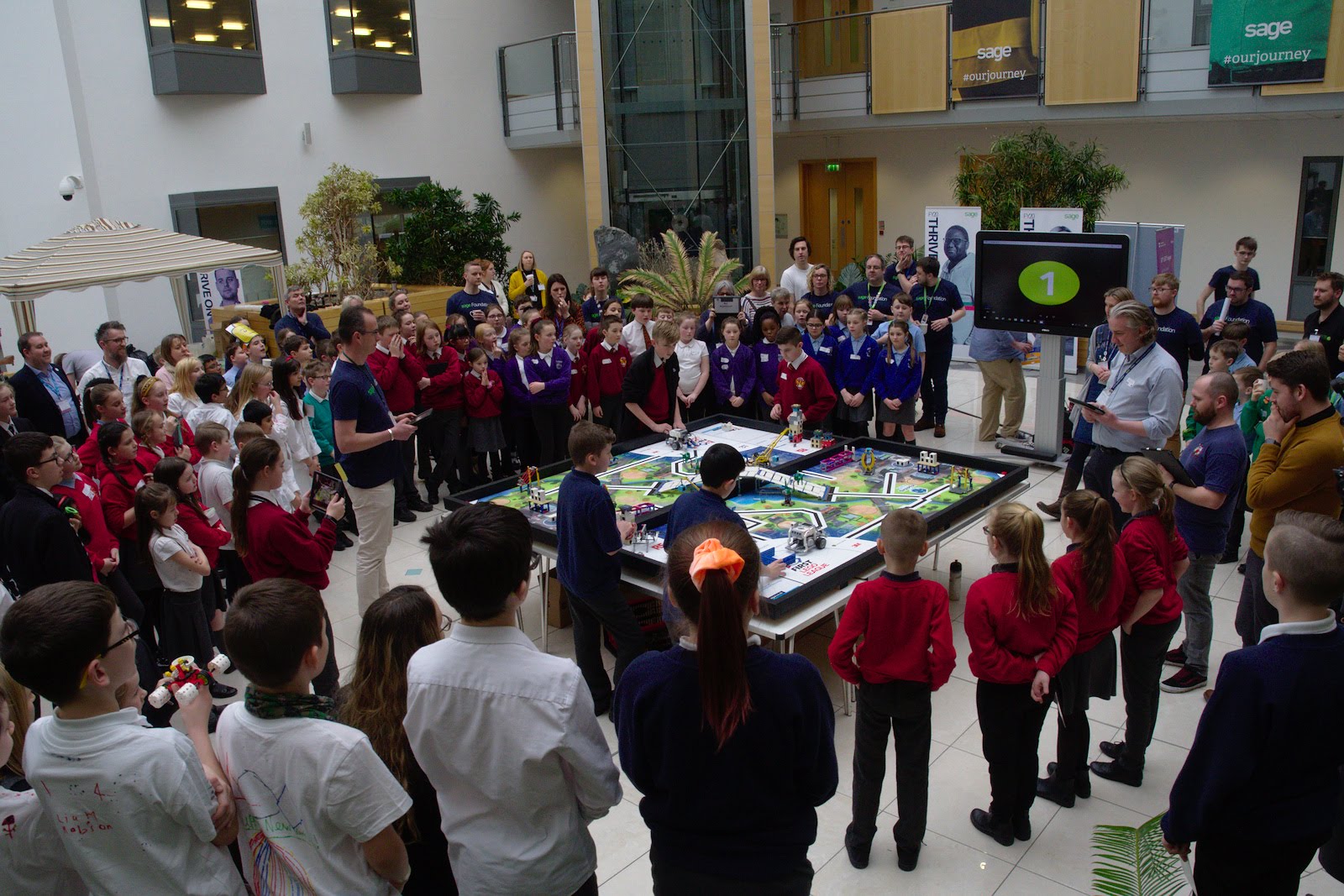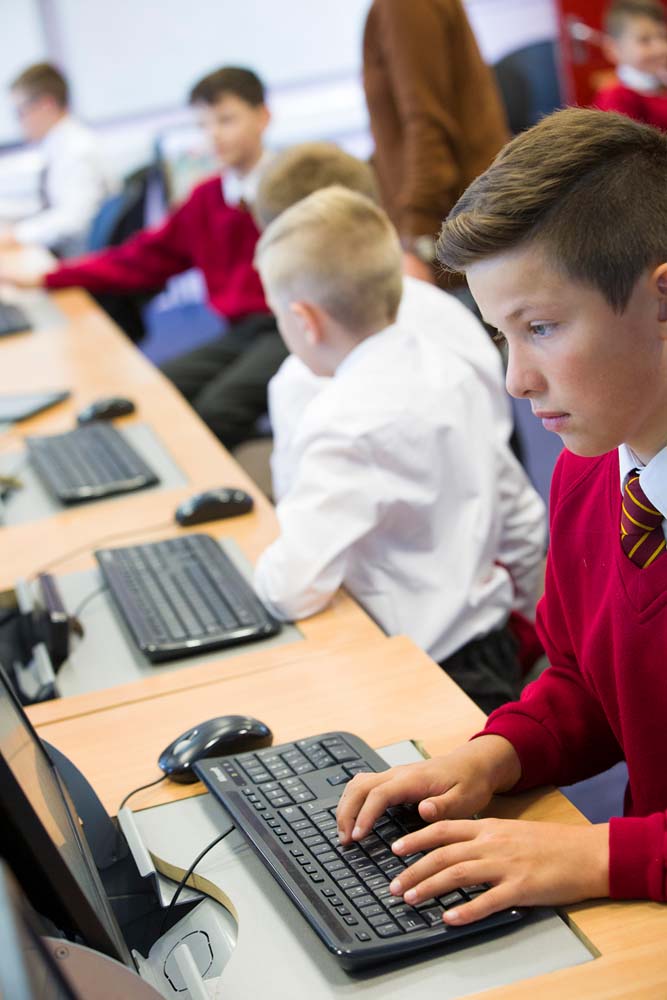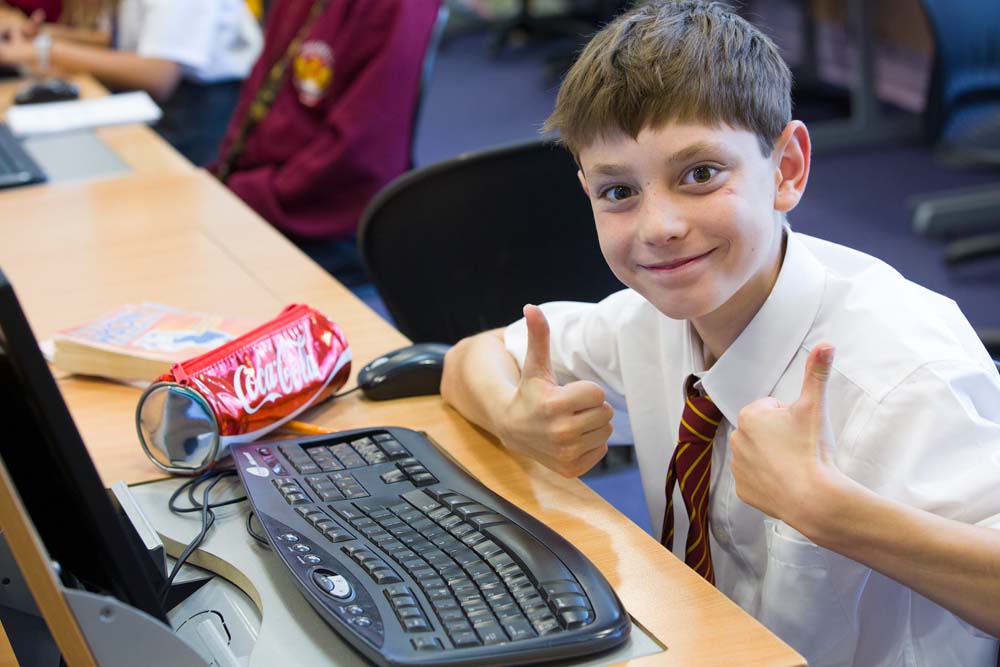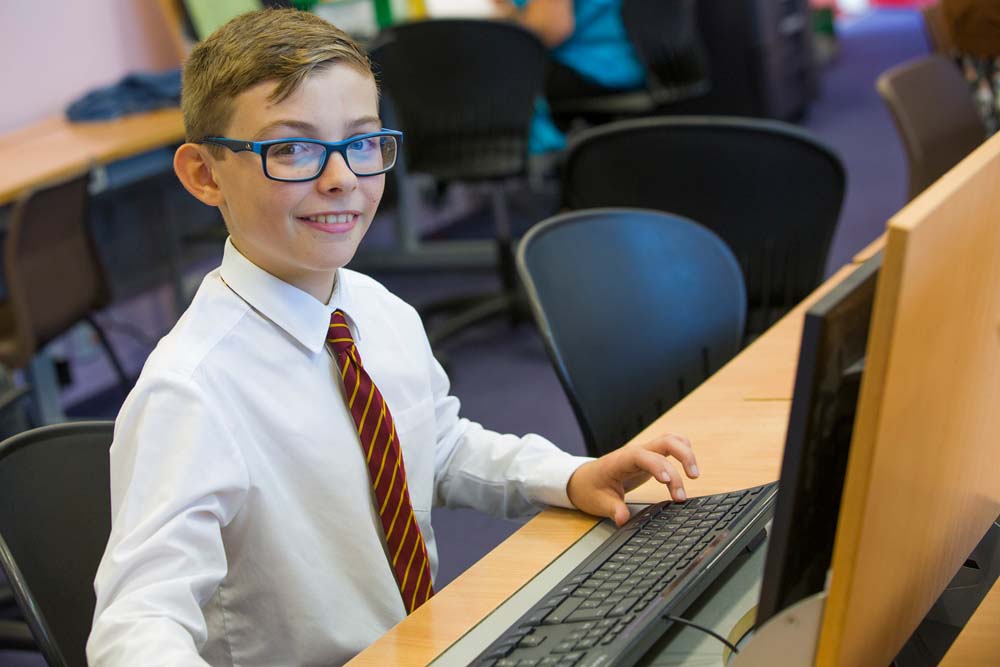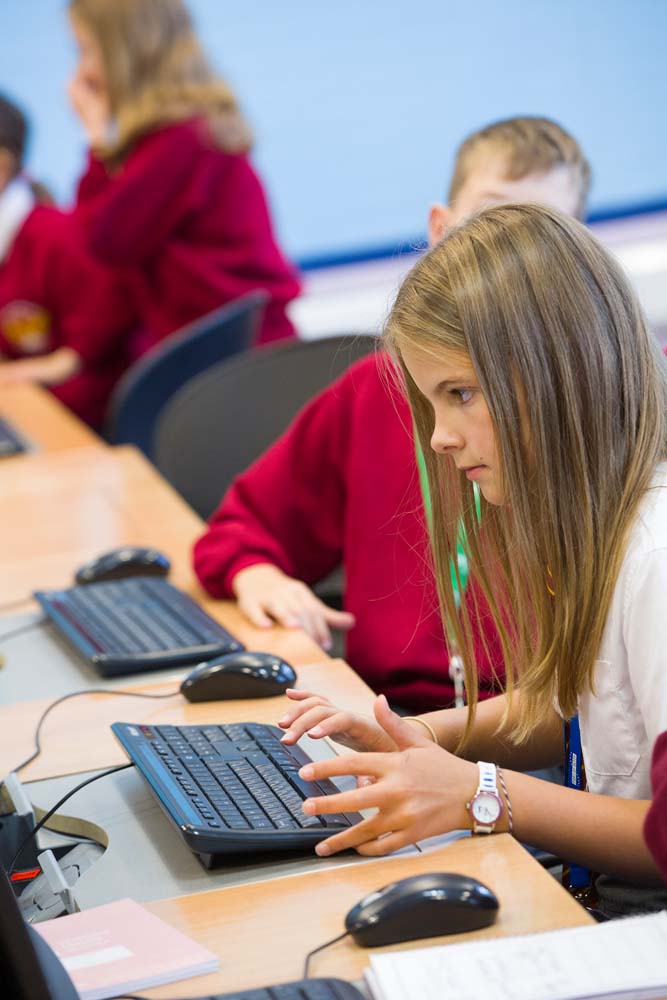
Computing
Through our computing curriculum at Wellfield we aim to give our pupils the life-skills that will enable them to embrace and utilise new technology in a socially responsible and safe way in order to flourish. We want our pupils to be able to operate in the 21st century and we want them to know the career opportunities that will be open to them if they study computing. We want children to become autonomous, independent users of computing technologies, gaining confidence and enjoyment from their activities. The use of technology will support learning across the entire curriculum and help to ensure that our curriculum is accessible to every child. Not only do we want them to be digitally literate and competent end-users of technology but through our computer science teaching we want them to develop creativity, resilience and problem-solving and critical thinking skills. Our pupils will be equipped with a breadth of experience to develop their understanding of themselves as individuals within their community but also as members of wider national and international communities and the importance of acting as responsible digital citizens and being aware of their digital footprint.
“Education should prepare young people for jobs that do not yet exist, using technologies that have not yet been invented, to solve problems of which we are not yet aware.”
By the time they leave Wellfield, children will have gained key knowledge and skills in the three areas of the computing curriculum: computer science (programming and understanding how digital systems work), information technology (using computer systems to create digital content, store and retrieve it, as well as sending information) and digital literacy (evaluating digital content and using technology safely and respectfully). The key ideas and concepts within each strand support the development of learning across the key stages, building on prior understanding and ensuring a solid grounding for future learning and beyond.
Teachers at Wellfield know good computing teaching happens when:
- Pupils are able to decompose problems and develop programmable solutions, initially informally and then as algorithms and programs
- Pupils make links between prior and current learning, using the skill of abstraction to draw parallels between similar problems
- Pupils actively provide feedback, and act upon that received, to help debug programs and identify more efficient and the most efficient possible solutions
- Pupils actively and independently choose the most appropriate digital tools, apps and resources to create, edit and present their work
- Pupils are supported to become competent, independent users of digital technologies and know how to do so safely, as well as how to get advice and help if they need it
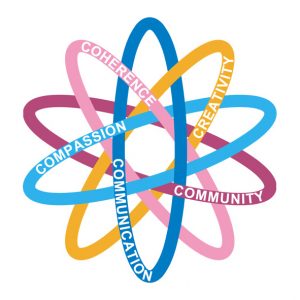
Computing and the 5Cs
Coherence
In computing, learning builds on prior learning, allowing a progression of knowledge and skills across the three curriculum areas: computer science, information technology and digital literacy. Where appropriate, units of work make links to other curriculum subjects such as art, history and maths. Learning in computing also supports the use of devices and IT across the wider curriculum. Within the subject, learners develop throughout their time in both key stages; for example, by initially working with block-based languages such as Scratch, before applying their learning and understanding of the underlying concepts to a text-based language such as Python.
Communication
Through the computing curriculum, children develop their communication skills in a variety of different contexts, for instance, by applying their understanding of formality and audience in English to send emails. Through their digital literacy work, pupils further their understanding of the complexities of communicating in the online world and how to ensure that they do so appropriately in an environment where what they say can easily be misinterpreted or misconstrued. At Wellfield, pupils are taught the importance of thinking critically about the online content they see around them, for example in the form of adverts, social media posts and the validity of information.
Creativity
Computing is a creative subject. In computer science, pupils develop their problem solving skills by learning to decompose problems, understand that computers require precision in the way they are given instructions and develop their own, novel solutions for meaningful, challenging work. Through IT, they have the opportunity to create digital art and music, as well as presenting their work and ideas in an interesting and engaging way.
Community
Throughout the computing curriculum, children learn that their use of technology and the internet makes them part of a global community of users, developers and creators. They have opportunities to present and share their work within their school community and also to the wider world through the use of social media and the internet. Through digital literacy, they learn about the importance of copyright and licensing and how to use other people’s content responsibly.
Compassion
Discussions in the computing curriculum, particularly through digital literacy, encourage children to show compassion in the way they behave and conduct themselves online. Through enrichment and work on the history of computing and stereotypes, they also learn about inspirational figures in the field and the challenges they faced, as well as the every-day online experiences of people from different backgrounds.

